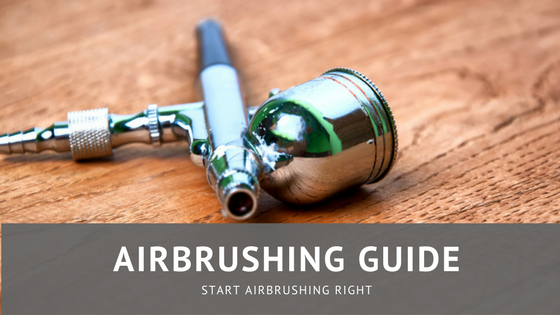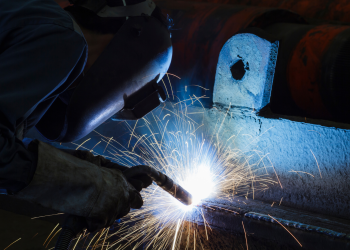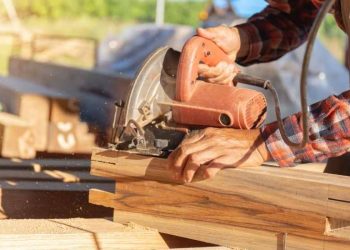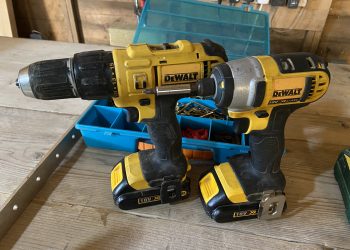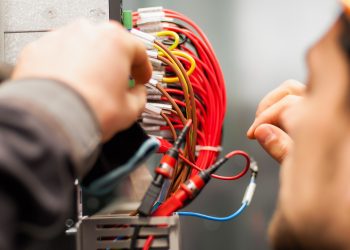Table of Contents
Whether it is for artistic painting, model making, or even make-up, the airbrush is a tool that you can’t do without once you learn to master it.
However, with the multitude of models on the market, choosing the right airbrush for your needs can be difficult. Indeed, there are many parameters to take into consideration: the technical characteristics of the device (which will have an impact on the level of fineness of detail, compatible paints, the possibility to change color quickly or not …), its manufacturing quality, its scalability, and of course, its price.
How to choose your airbrush ?
For most applications, it is recommended to choose a double-action airbrush with gravity feed. This type of device is precise, handy, and easy to clean. The ideal is to choose a versatile model on which you can adapt needles of different diameters.
Caution: to be able to operate, an airbrush must be connected to an air compressor. Choosing the right airbrush also means choosing the right compressor, but this is the subject of another guide. Note that it is still possible to use compressed air cylinders, but this solution has a cost that quickly exceeds that of a small compressor. To get rid of all problems, you can buy an airbrush kit directly, so the compressor and airbrush gun are compatible and you can start right away.
As I imagine that you don’t want to waste time and prefer to go straight to the point, we will get straight to the heart of the matter by answering the following question: can we start with a first price airbrush? Then you will discover a comparison of the best double action airbrushes on the market. There is no way you will be disappointed with the selected models! Finally, to go further, we will present you in detail the different types of airbrushes that exist, with their advantages and disadvantages. This way, you will know everything there is to know about airbrushes. You can then easily choose the model that perfectly suits your needs.
The different types of airbrushes
An airbrush is in its operation very similar to a spray gun. It uses compressed air to project the liquid (paint, ink, pigment, etc…) in the tank (also called a bucket) onto any type of support (canvas, wall, figurine, model, bodywork, etc…). This process is called spraying.
Different types of airbrushes exist on the market. So let’s see what makes them different!
Single or double action
First of all, a distinction is made between two types of airbrushes: those with single action and those with double action.
The single-action models
This type of airbrushplane has a push button that is activated to release both air and paint. Pressing this button controls the air flow, but not the paint flow. The paint flow rate is therefore constant, but it can however be modulated by adjusting the depth of the needle inside the nozzle (a screw at the back of the device usually allows you to adjust this depth).
The single-action models are particularly suitable for painting a large plain surface (to make a base coat for example) or applying a preparation coat (a primer).
The double-action models
On a double-action airbrush, the push button is replaced by a trigger that allows the air and paint flow to be modulated simultaneously. It is therefore possible to change the paint flow on the fly (without having to stop spraying). The control of the paint jet is therefore much greater with a double-action airbrush than with a single action. A double action is however longer to master, because you have to learn to do 2 tasks at the same time: regulate the air flow and the paint flow.
A double action is recommended when you want to do artistic painting. It is more adapted than a simple action to achieve precision details (double-action airbrushes are very popular in model making), shadow effects or colour gradients.
Gravity or suction paint supply
Airbrushes can also be differentiated according to the way the paint reaches the nozzle: by gravity or by suction.
Gravity feed
Gravity airbrushes have their paint reservoir located above the body, and the paint simply falls into the nozzle under the effect of the Earth’s gravity.
Gravity models are more robust, manoeuvrable, and easy to clean than vacuum models. Due to the bucket position, they are suitable for both right- and left-handed users.
Generally, the paint bucket is quite small (otherwise it would obstruct visibility), which can be a constraint when painting large surfaces. In addition, the paint cup is often fixed, which means that it must be cleaned between colours.
The gravity system, on the other hand, makes it possible to use thick paint, and to work at low pressure (which is a big plus when you want to paint fine lines).
Suction feeding
Suction models have their paint cup located on the side or under the body of the airbrush. The release of compressed air creates a vacuum that draws paint from the reservoir to the nozzle.
Suction Airbrush
Suction units have removable tanks, which allows the capacity of the tank to be adapted to the work to be carried out. In contrast to gravity models, it is therefore possible to use larger tanks and thus paint large areas without having to fill up too often. It is also much easier to change colours during the work, as you only need to change the tank.
The suction system requires working with a certain pressure, which limits the achievement of certain effects. On the other hand, it is possible to use the aerial vertically (and therefore to paint on the ceiling).
If you are left-handed, pay attention to the position of the bucket. On most suction models, it is on the right side of the body. For you, it will be imperative to choose a model with the tank on the left.

